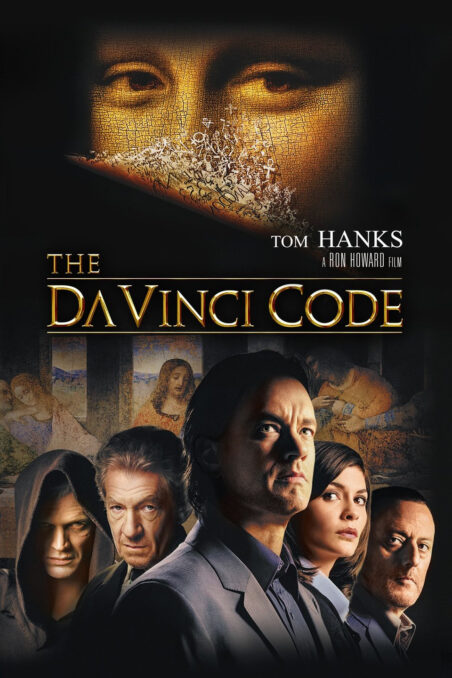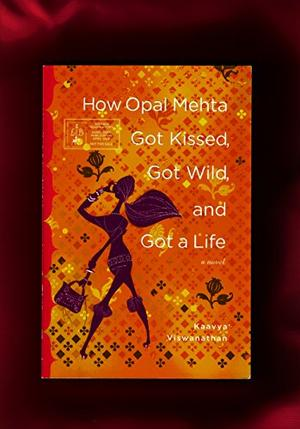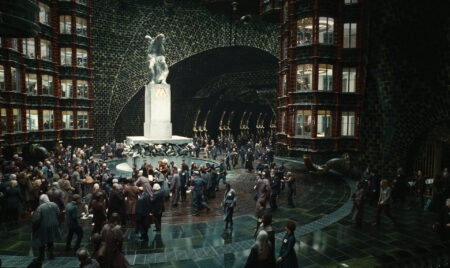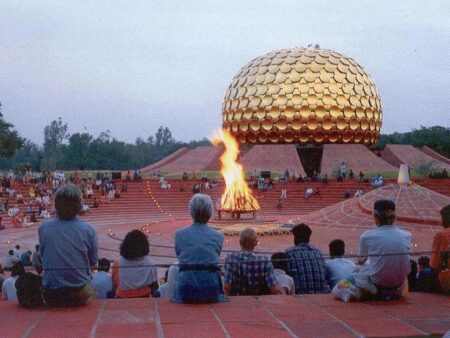Plagiarism is a writer’s folly. Yet, more often than not, it is found that many well-known writers, at some point in their literary careers have used plagiarism. As Pablo Picasso once said, “Good artists copy, great artists steal”. To plagiarise a piece of written article in a way that is not caught is entirely a talent and something one needs to appreciate, while on the other hand…
Ideas all across the world have been intertwined, interlinked, and interchanged. Where, all ideas, thoughts, thinking, philosophy, music and the very basis of what forms our reality has stemmed from human thinking.
Well, the article below lists a number of literary scandals in the world of literature that blew up the minds of many all across the planet!
Table of Contents
The Boy Who Lived: The Controversy That Didn’t.
J.K. Rowling was caught amidst controversy over her allegiance to the originality of the plot basis and storyline of her book “Harry Potter and the Goblet of Fire”. Paul Allen, the owner of the estate of the late author Adrian Jacob’s entire livelihood had laid down the claims that parts of the book written by J.K Rowling had been plagiarized from Adrian’s book, “The Adventures of Willy the Wizard”. The Court of Appeal had previously ordered the estate to pay an initial stage fee of £1.5 million as security for costs by a specified deadline, which they failed to do so.

This marks the conclusion of a seven-year effort by Paul Allen, the trustee of Adrian Jacobs’ estate, to pursue the case against J.K. Rowling and her publisher, Bloomsbury. Rowling had vehemently denied the allegations, describing the claim as “unfounded and absurd,” noting that she hadn’t even seen Jacobs’ book until the claim was initiated in 2004. Adrian Jacobs, a children’s author, passed away in 1997.
J.K. Rowling’s solicitor, Gideon Benaim, expressed frustration at the time wasted defending against a claim they believed had no chance of success from the beginning. David Hooper, a solicitor for Bloomsbury, labeled the entire case a “scandal” and deemed it “absolutely ludicrous.” With the failure to pay the required security fee, the legal claim has now officially failed, putting an end to the contentious dispute.
Wasteland by T.S.Elliot
The assertion that T.S. Eliot plagiarized much of his work, specifically “The Waste Land,” is a controversial claim and one that has been the subject of debate among literary scholars. While it is true that “The Waste Land” incorporates numerous literary references and allusions to other works, this is a common literary technique known as intertextuality. Eliot was known for drawing inspiration from a wide range of sources, including classical literature, mythology, and other poets
The Da Vinci Code- Dan Brown

This may come off as a shock, so we advise you to sit down for it. Various accusations were lurched towards Dan Brown throughout his literary career. In the year 2006, Richard Leigh and Michael Baigent accused him of having borrowed heavily from their work, “The Holy Blood and The Holy Grail”. Not too long after, Jack Dunn, filed a lawsuit that spoke of the similarities between ‘The Da Vinci Code’ and ‘The Vatican Boys’.
- Indian Author Kaavya Vishwanathan
According to reports from Harvard’s Crimson, Kaavya Viswanathan’s novel “How Opal Mehta Got Kissed, Got Wild and Got a Life” was found to contain multiple passages that closely resembled those from two books by Megan F. McCafferty, “Sloppy Firsts” and “Second Helpings.” The similarities were brought to light by McCafferty’s agent, Joanna Pulcini, who received an email from a fan on April 11, pointing out the resemblances. Random House, the publisher of McCafferty’s novels, was subsequently notified.

Examples of the similarities include a 14-word passage identical to a portion of “Sloppy Firsts” and lines from “Second Helpings” mirroring those in “Opal Mehta.” In some instances, even the italics from the original texts were retained. Viswanathan’s response to the allegations was a terse “No comment. I have no idea what you are talking about.”
The case raised questions about how such parallels, numbering up to 24 instances, made it into the novel without substantial alterations to avoid detection. Cosmetic changes, where they occurred, appeared to be inadequate to conceal the similarities. Critics and experts in literature, like Werner Sollors, expressed concern over what appeared to be a significant case of literary influence, with minor variations aimed at making the text less easily traceable through online searches. As of the report, there had been no official response from Viswanathan’s publisher, Little Brown, but the allegations had garnered significant attention and criticism within the literary community.













